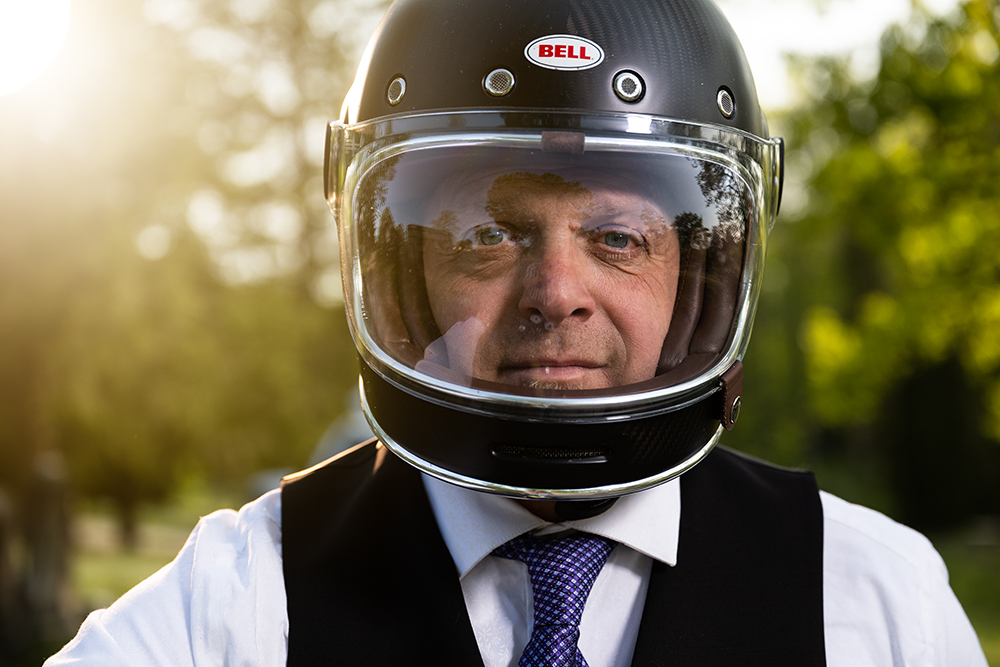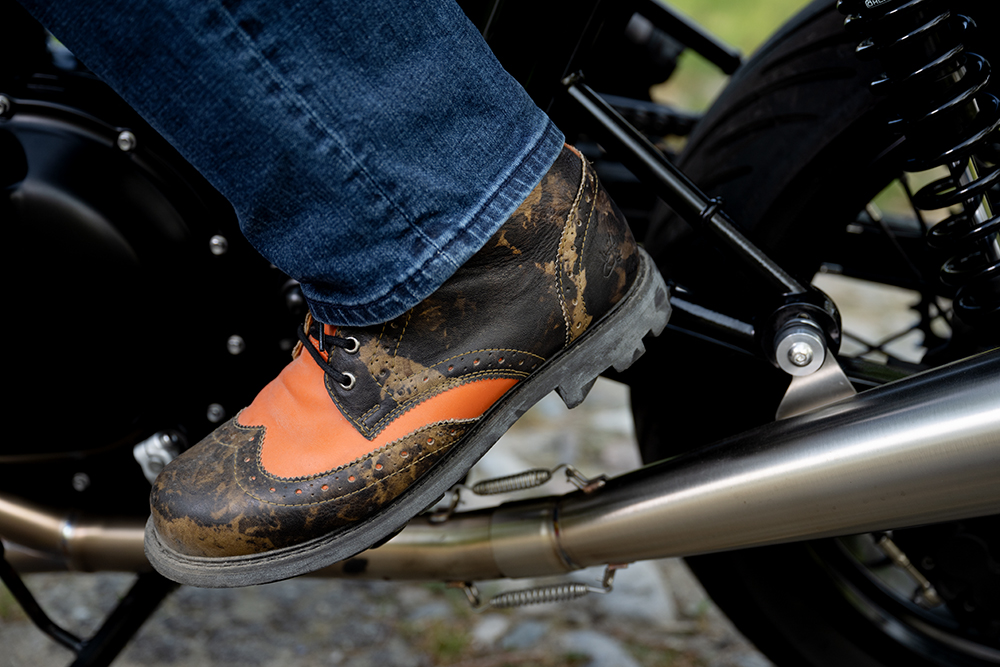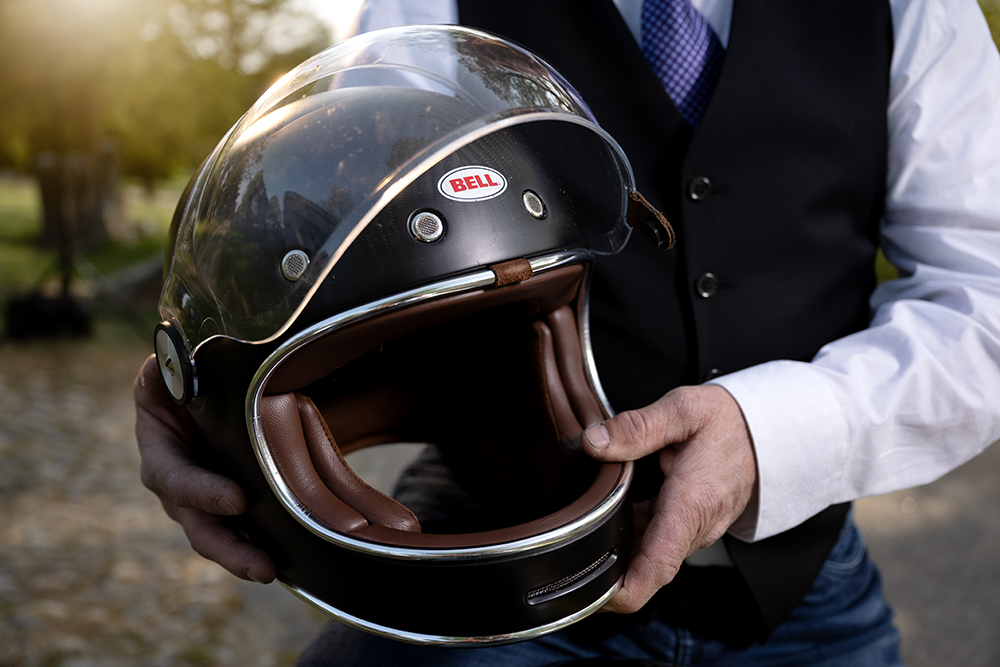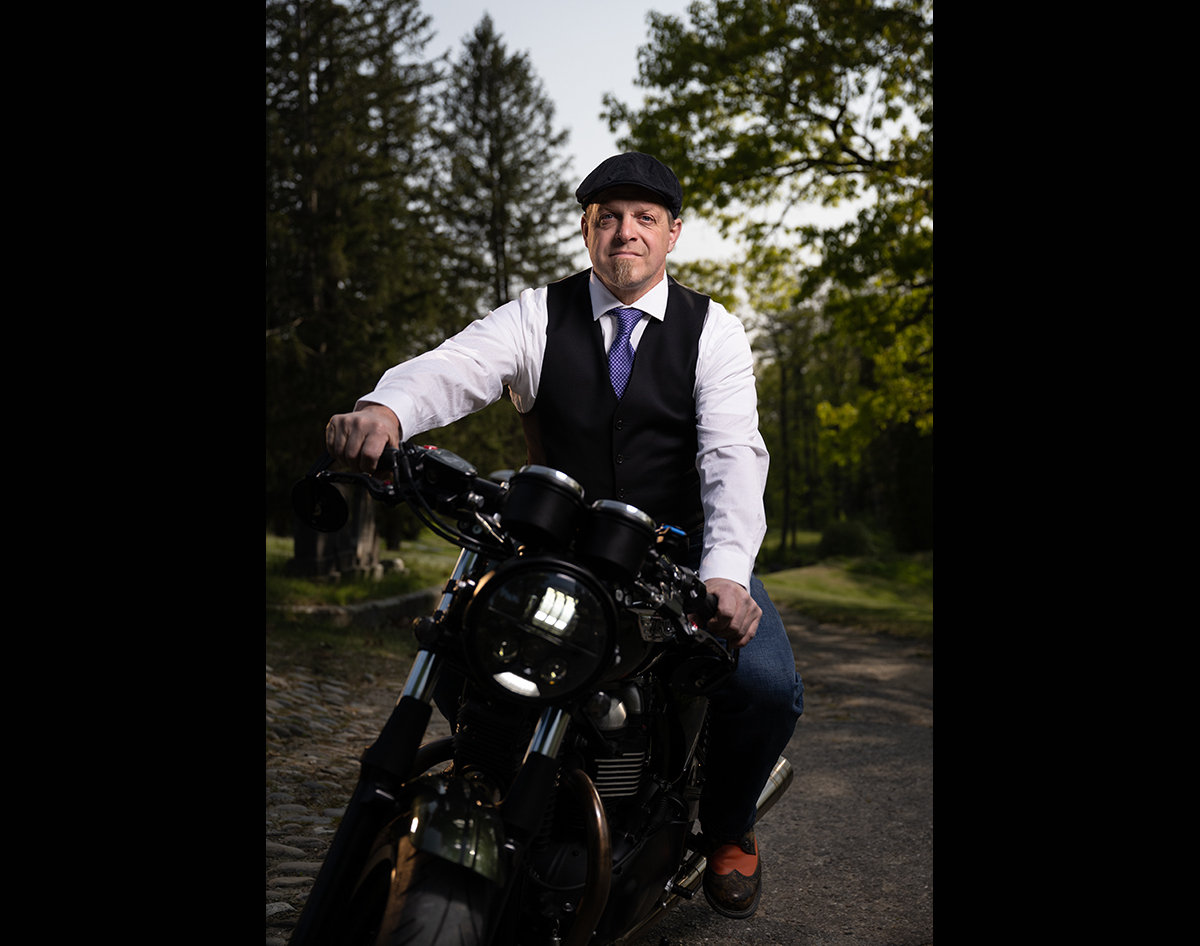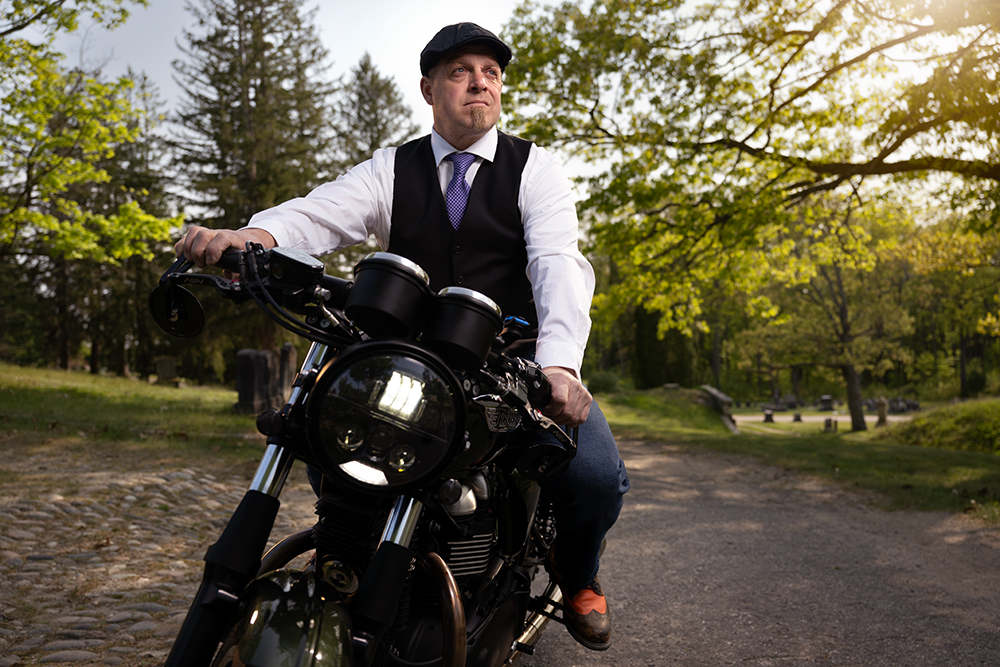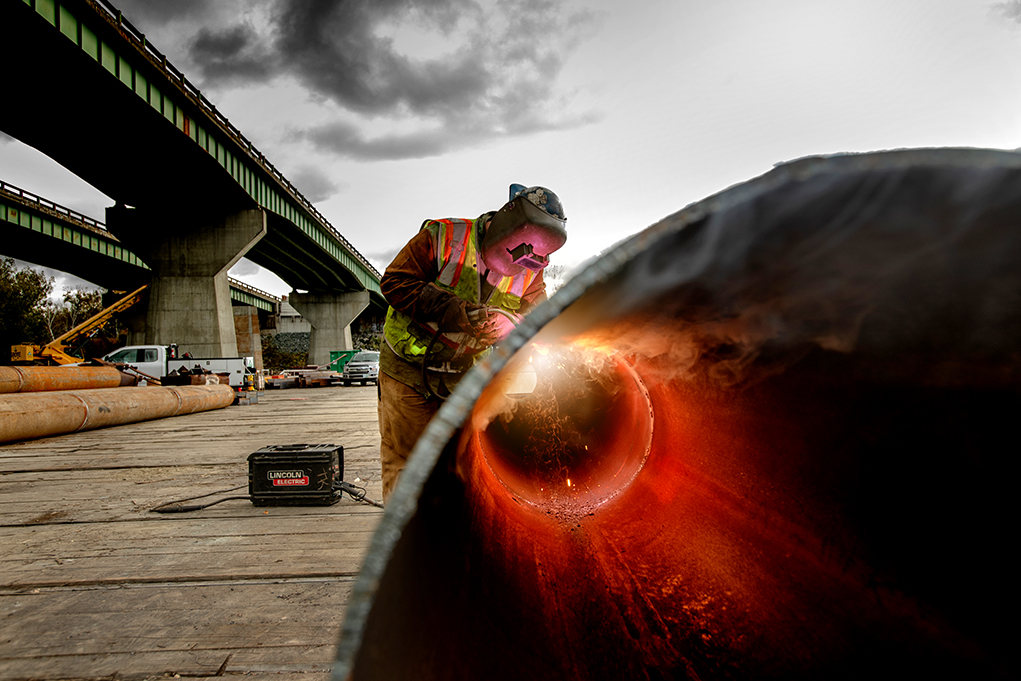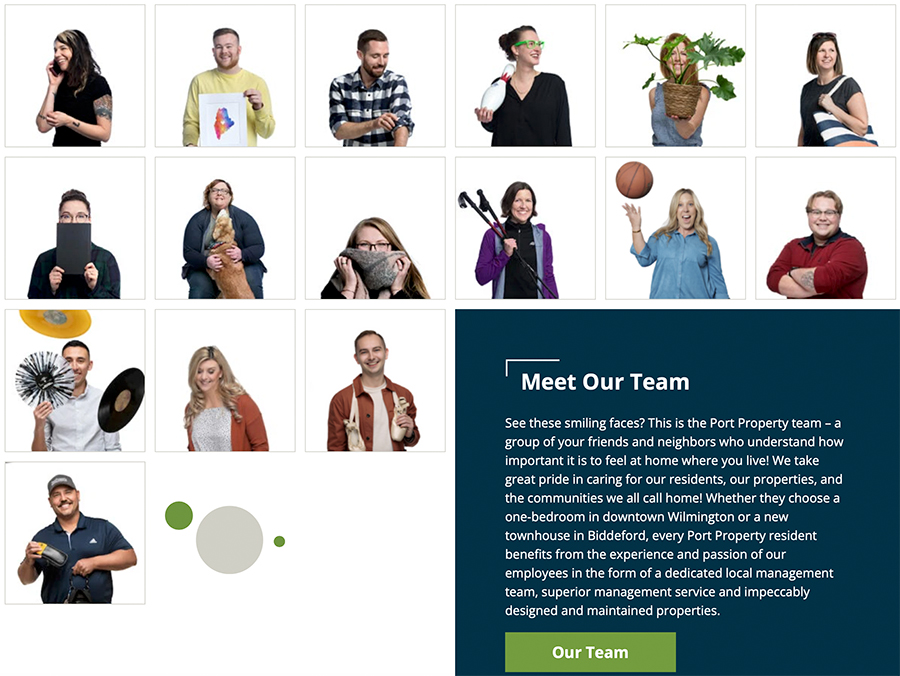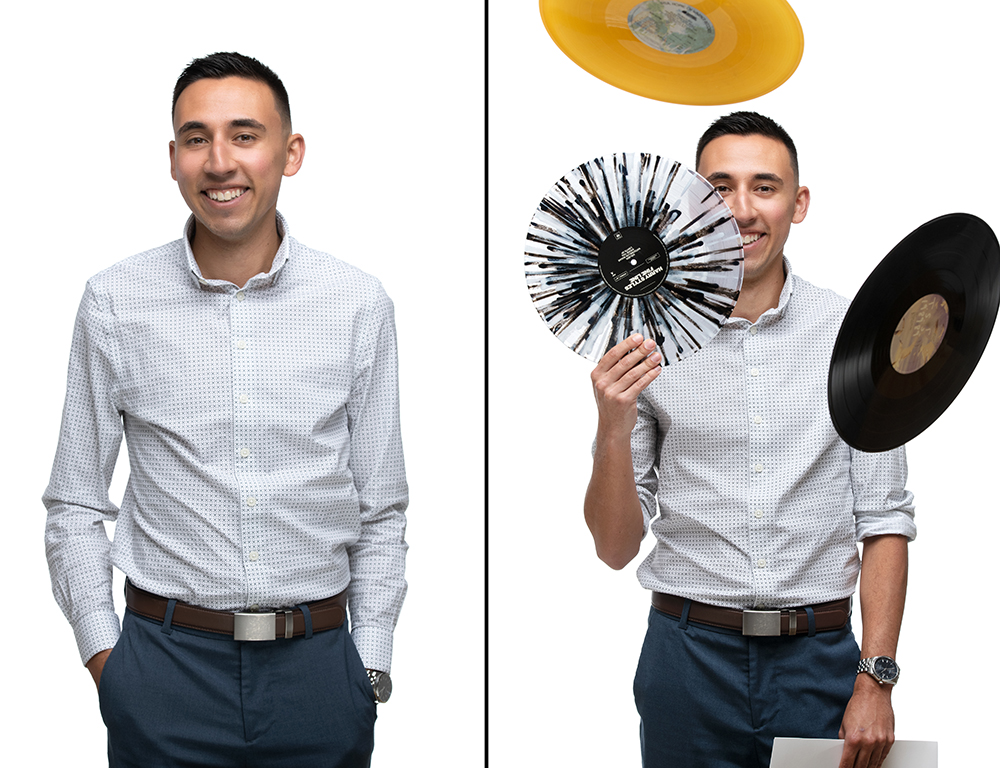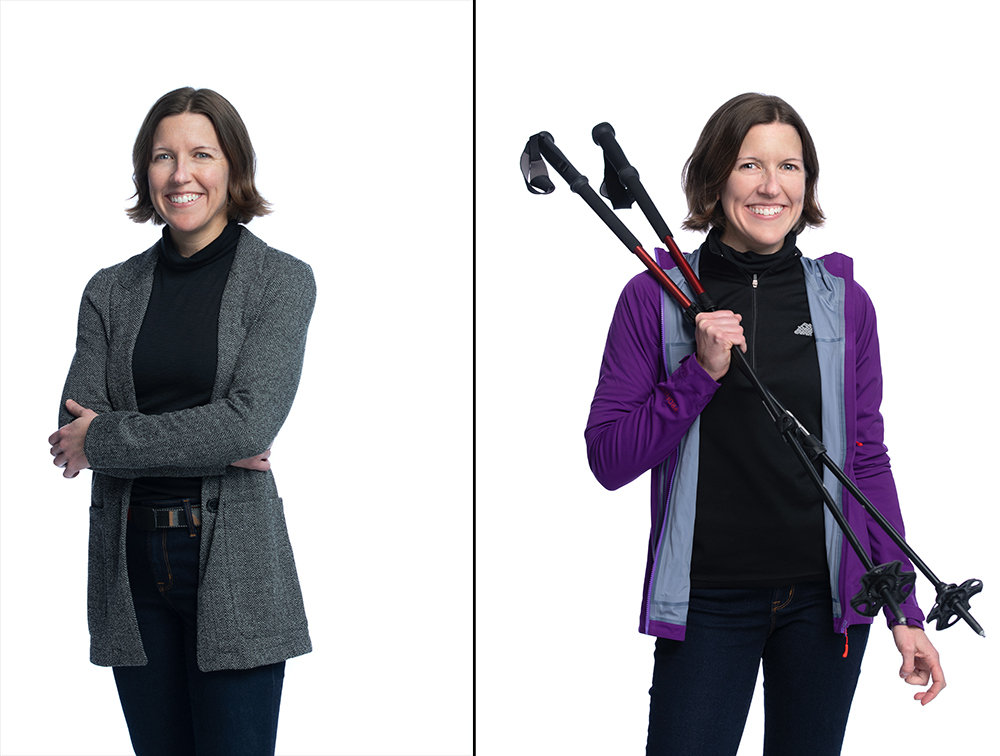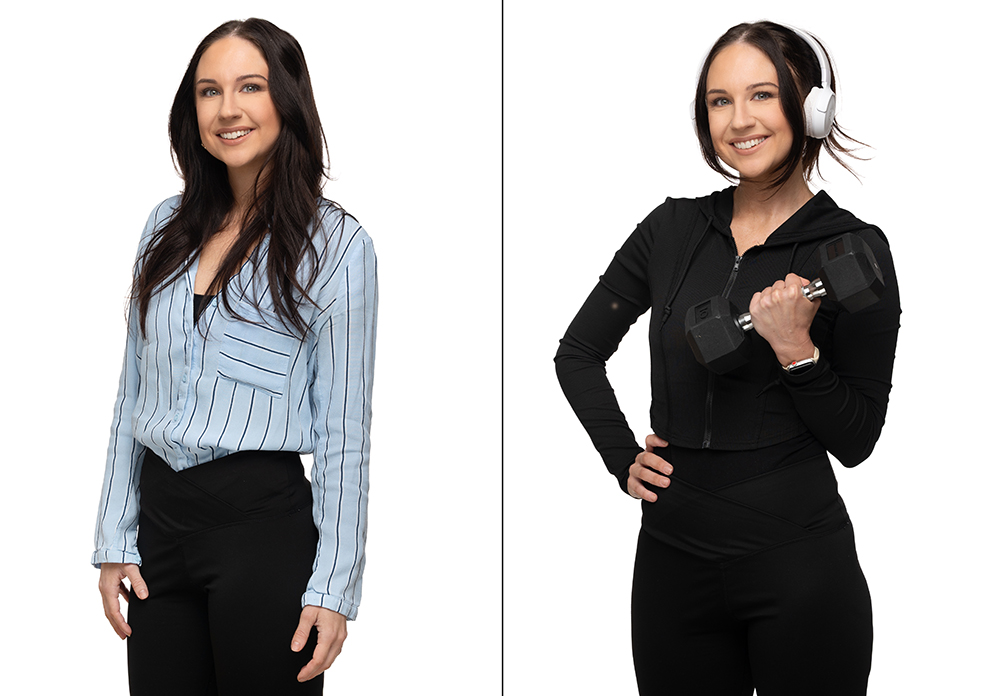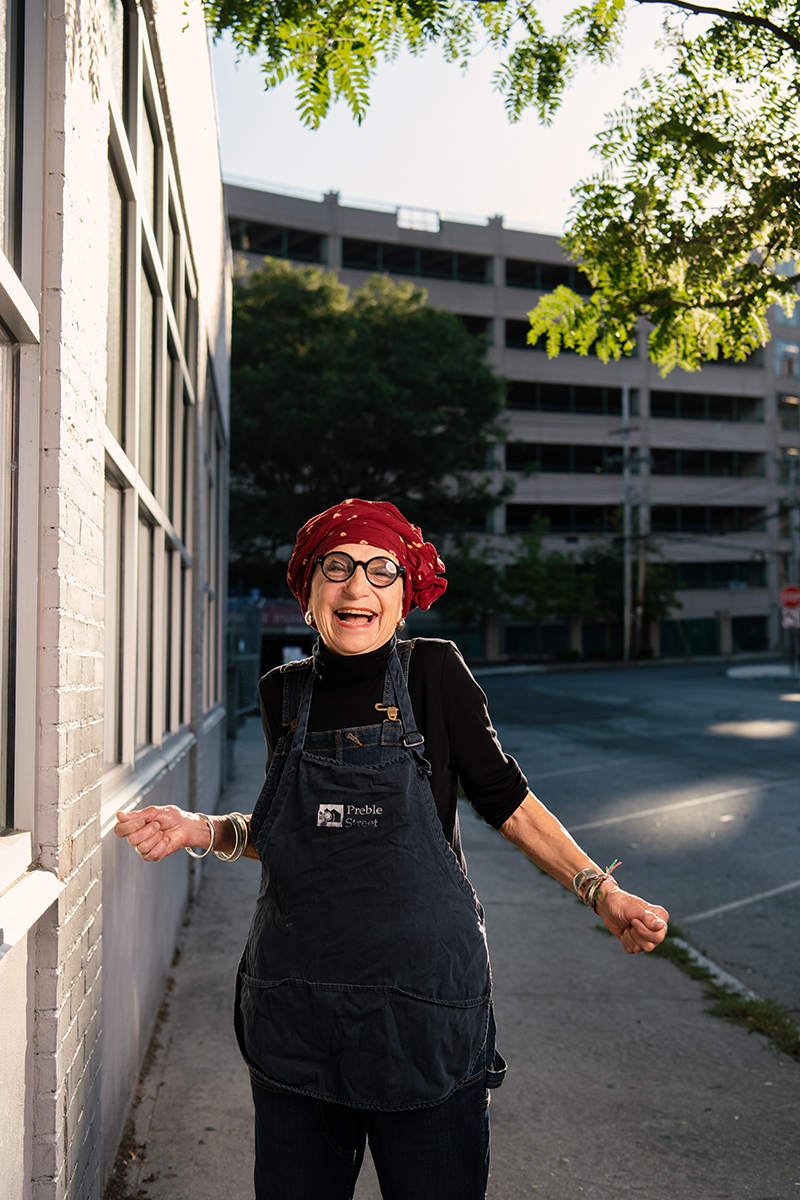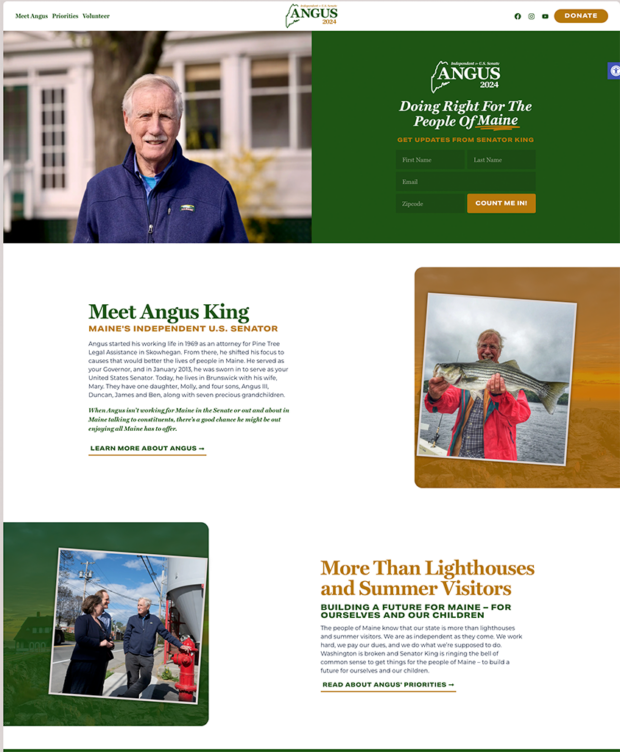
It’s election year, which last month led to the opportunity to photograph Independent Maine Senator Angus King for his reelection campaign.
I’m used to hauling gear to handle any lighting situation. This time, though, I was just carrying a couple of cameras and a small off-camera flash. It felt like being a newspaper photojournalist again.
King, an avid photographer himself, wanted candid shots. No assistants, no extra gear. Just natural moments as he met with constituents in Brunswick and Skowhegan. The mission was to travel fast and light, capturing real life as he made multiple stops along the way.
At one point, King left for an emergency dental appointment—reappearing 45 minutes later, ready to go. Soon he was throwing a football with Bowdoin College students at a local park (King was a high school football quarterback). In my book, toughness is scheduling a dental appointment and a photo shoot on the same day.
Eight hours and five locations later, King was still going strong at an event in Skowhegan. It was fun and an honor to spend the day with him and his campaign.
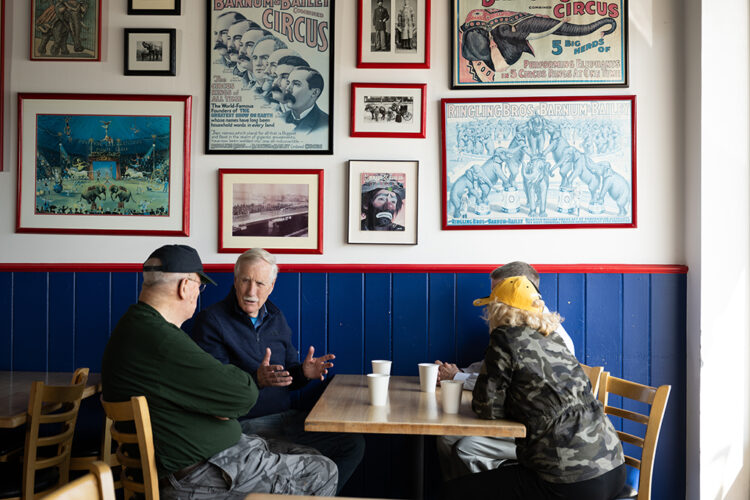

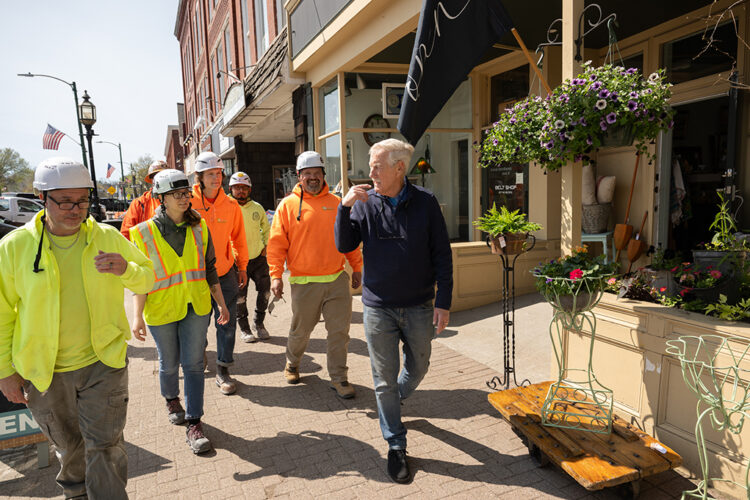

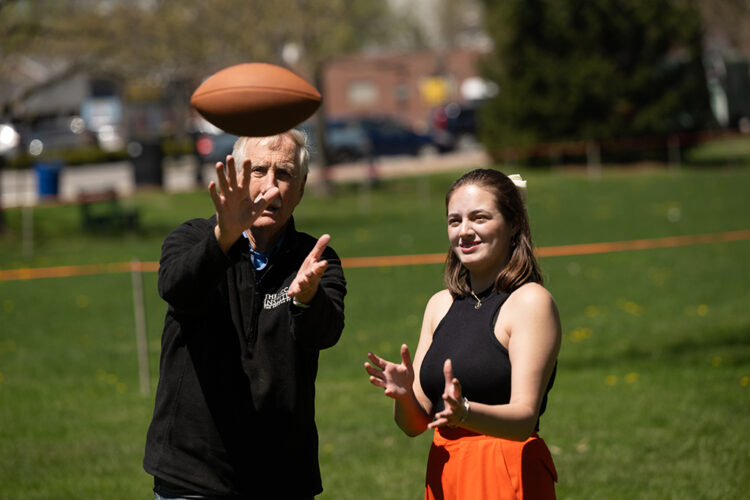
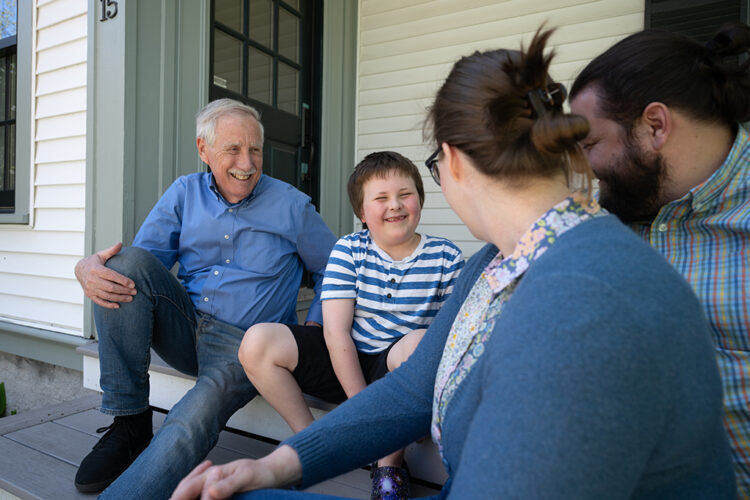
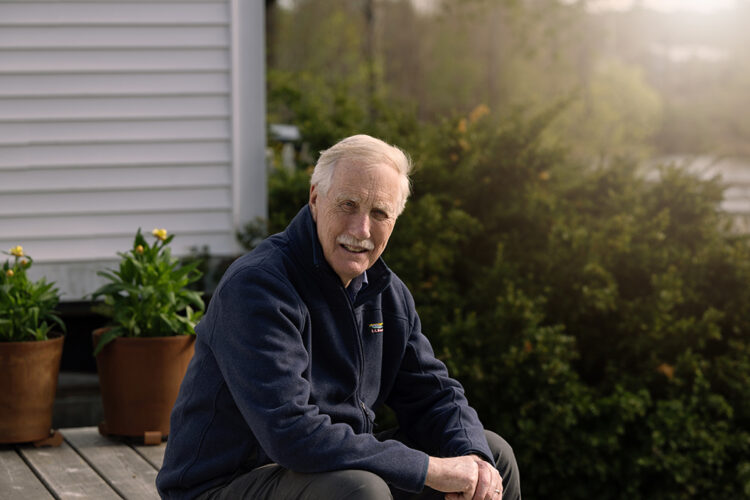

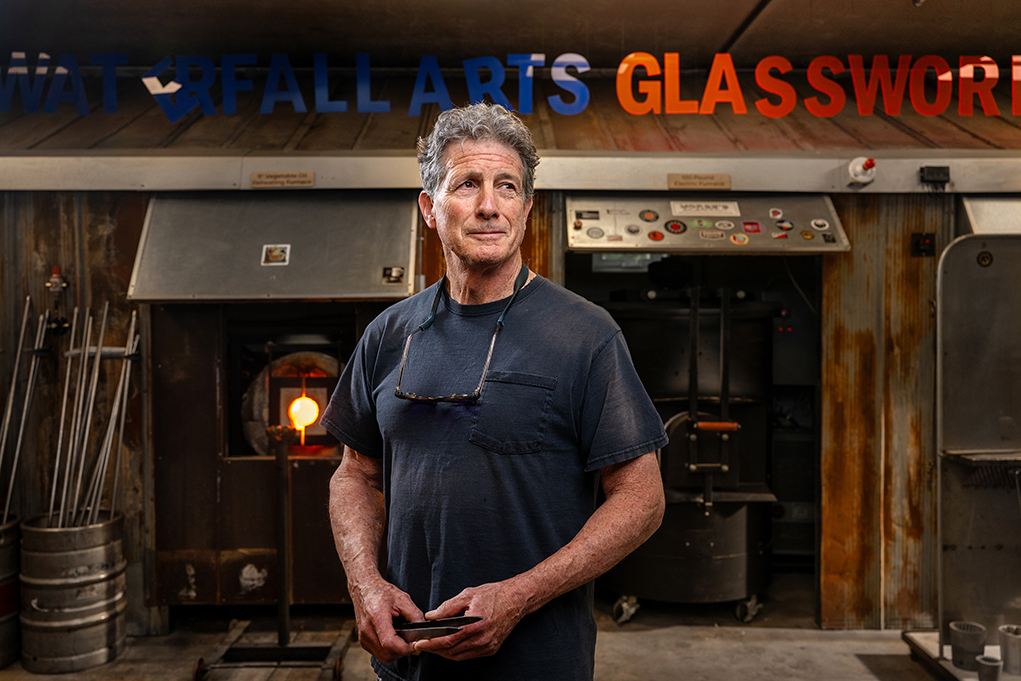
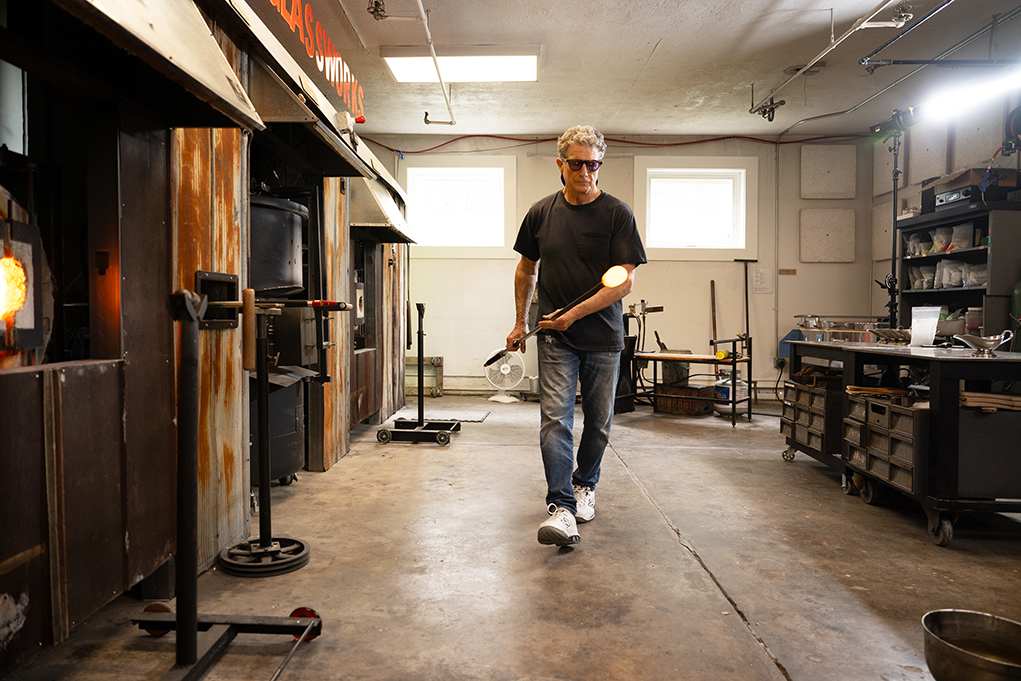
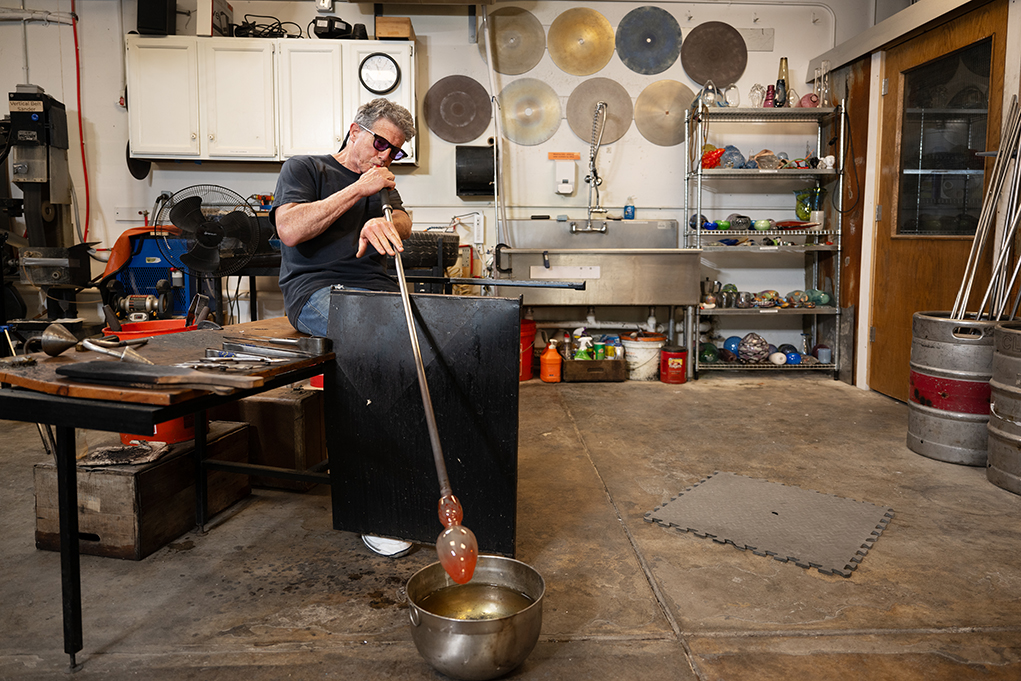
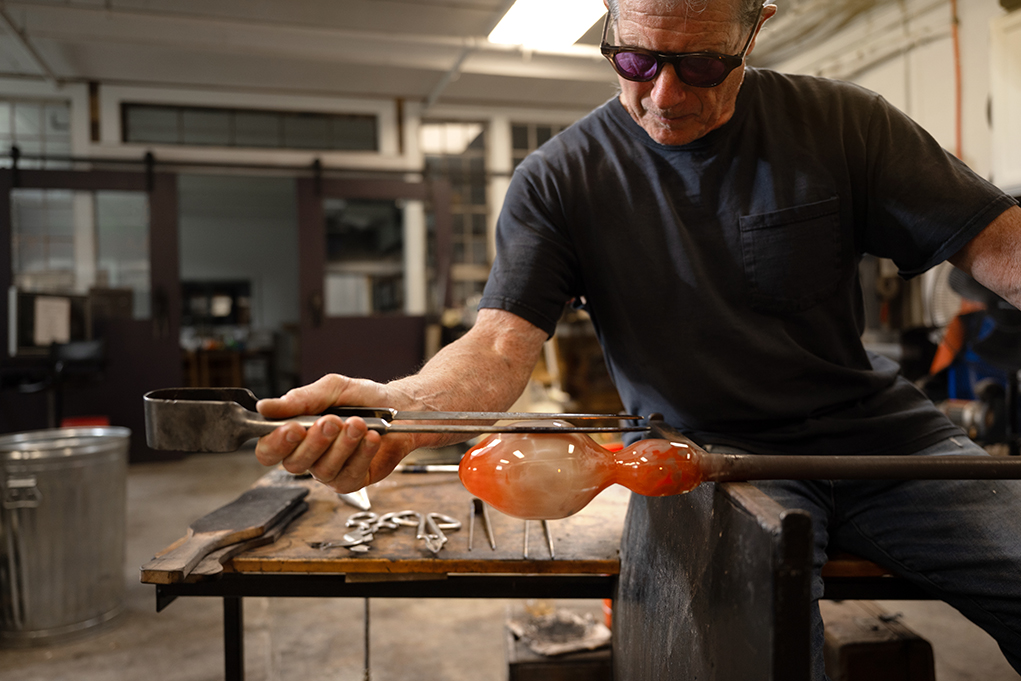
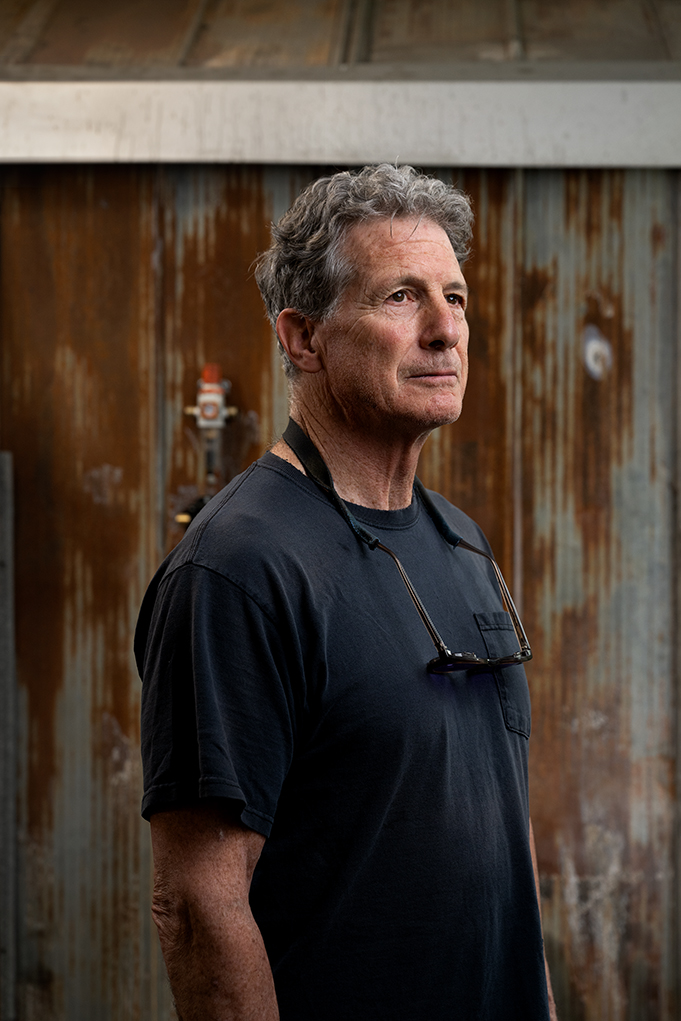

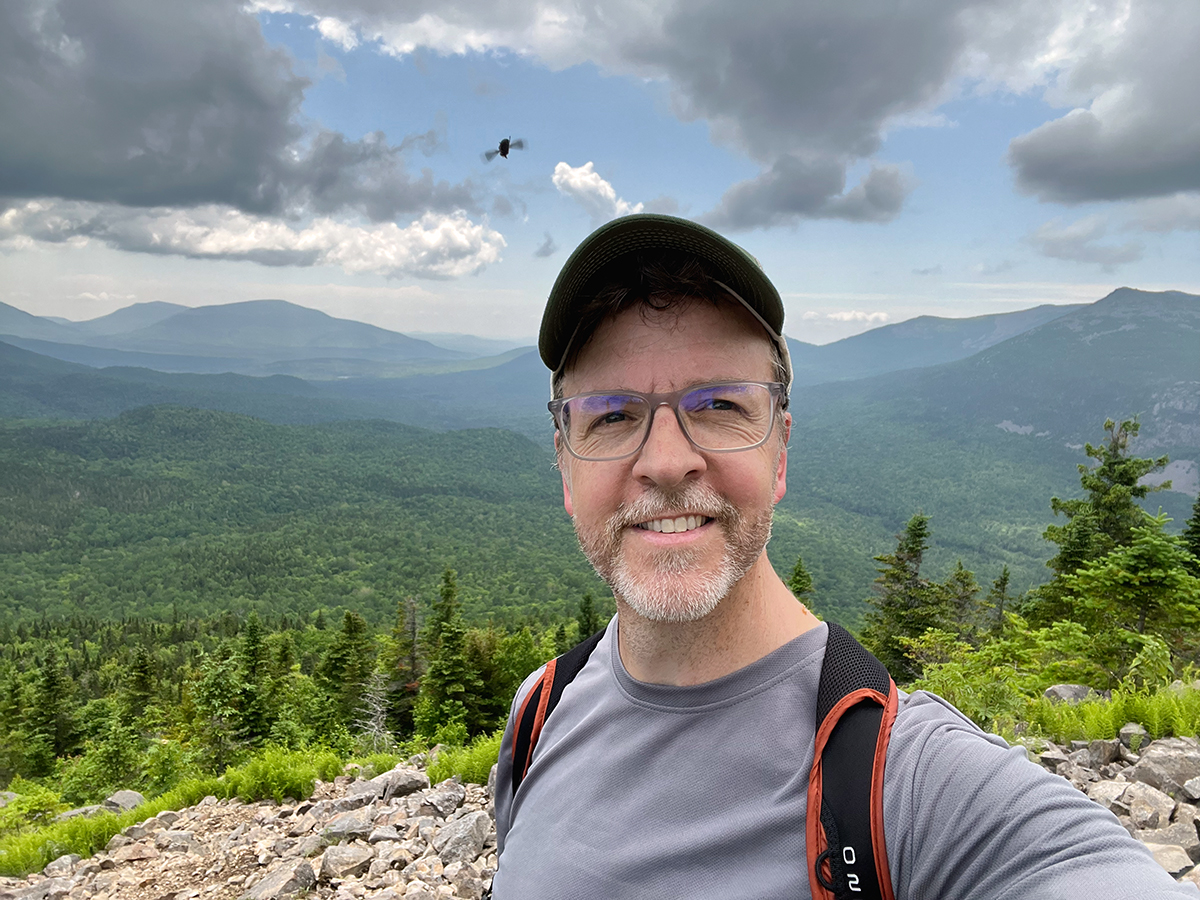
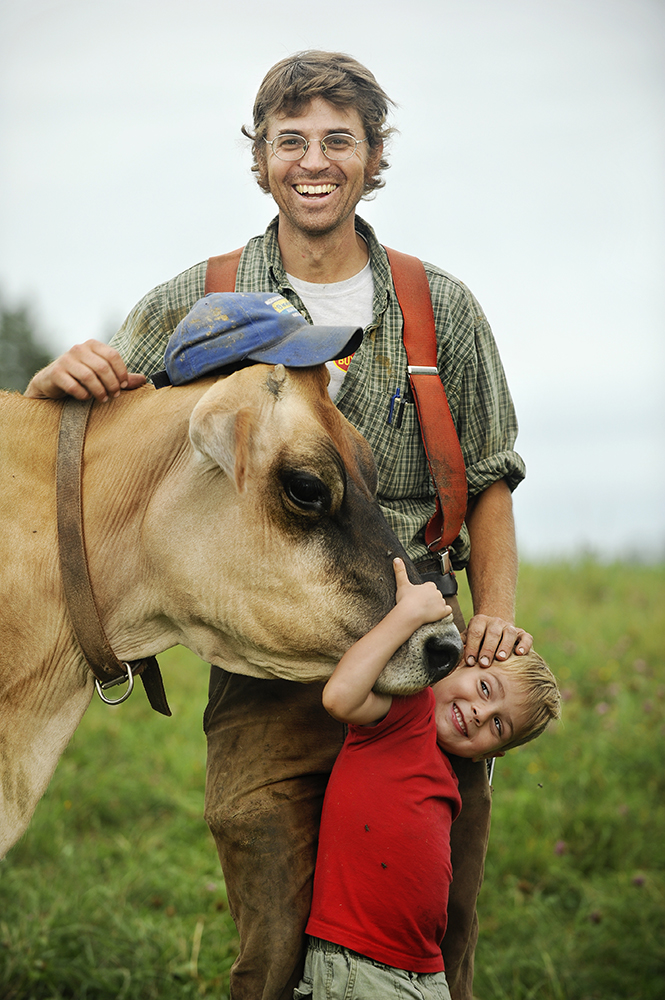
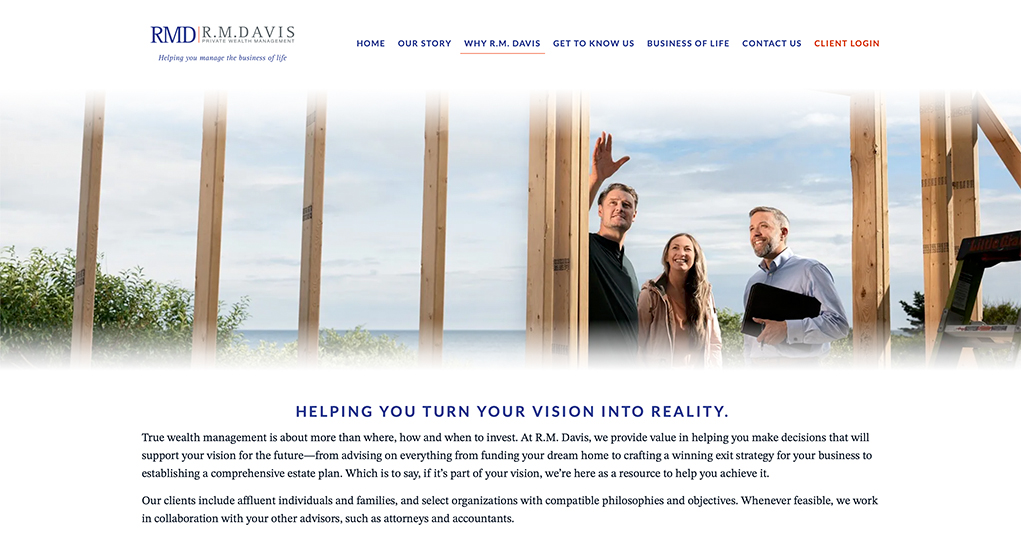
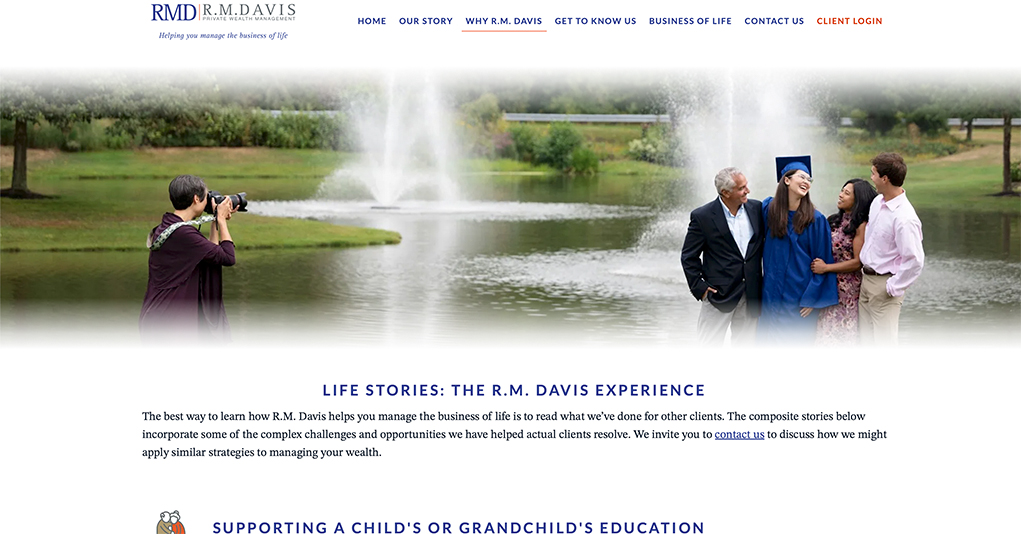
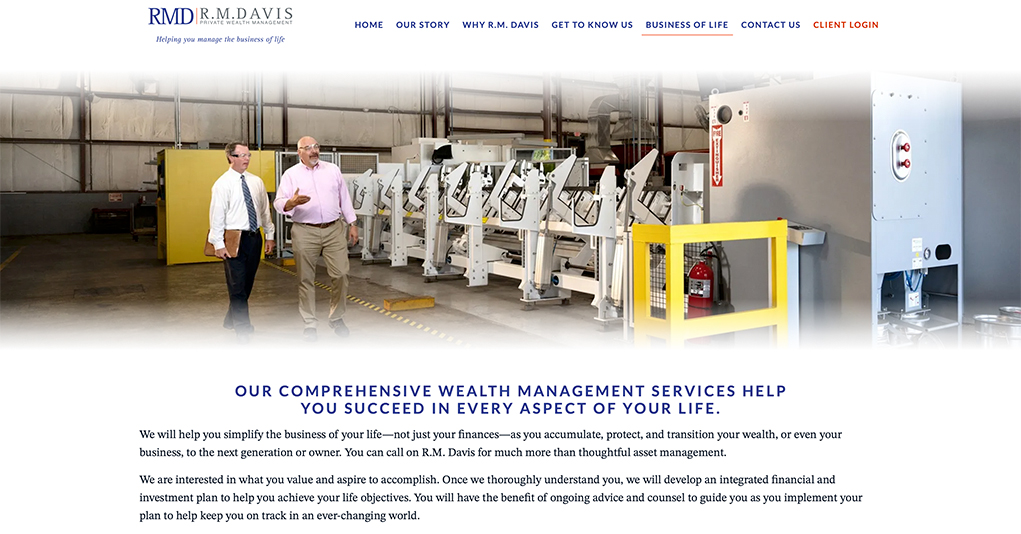
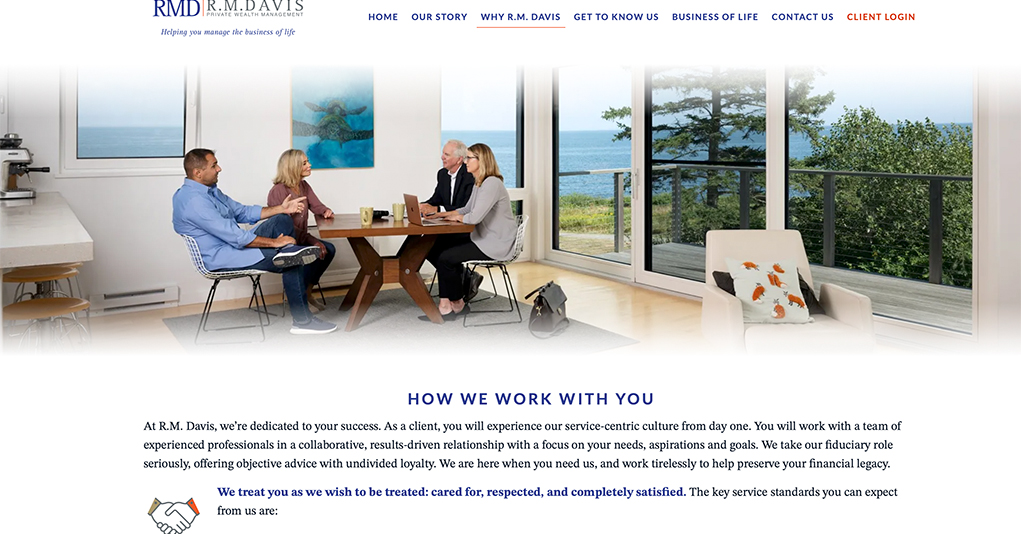
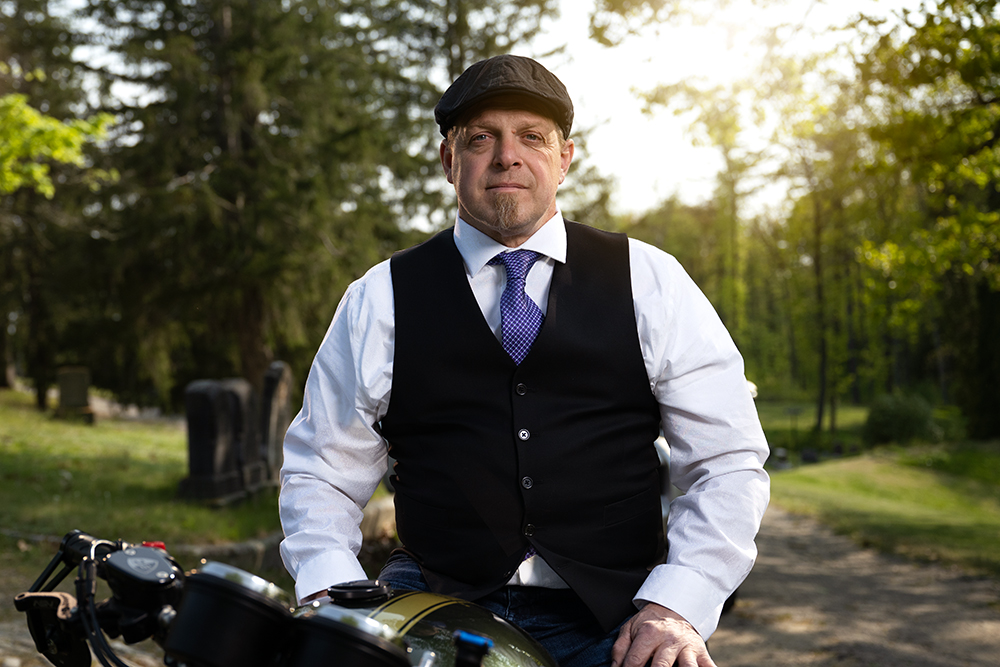 © Brian Fitzgerald
© Brian Fitzgerald